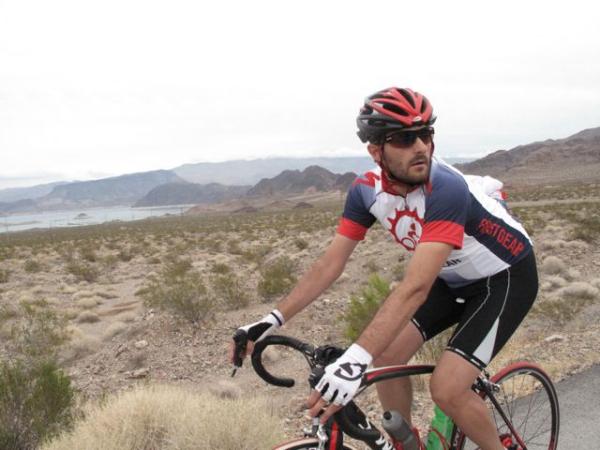Tour de France: Fight for yellow swings back into view at La Planche des Belles Filles
A preview of the first mountain-top finish of the 2017 race
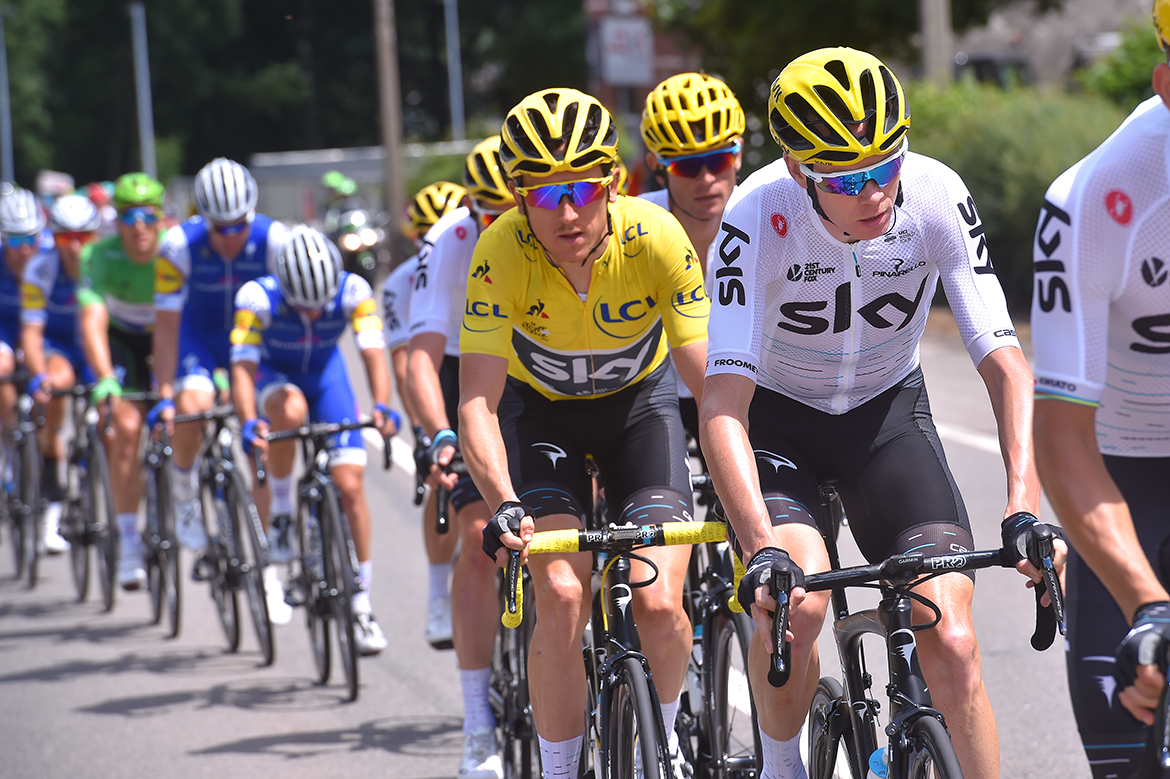
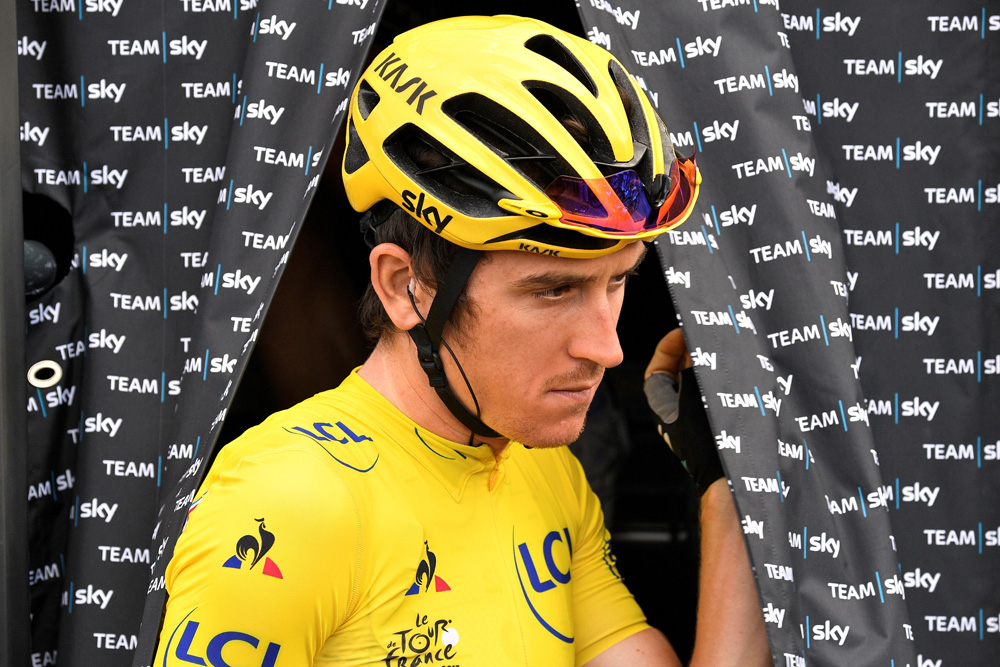
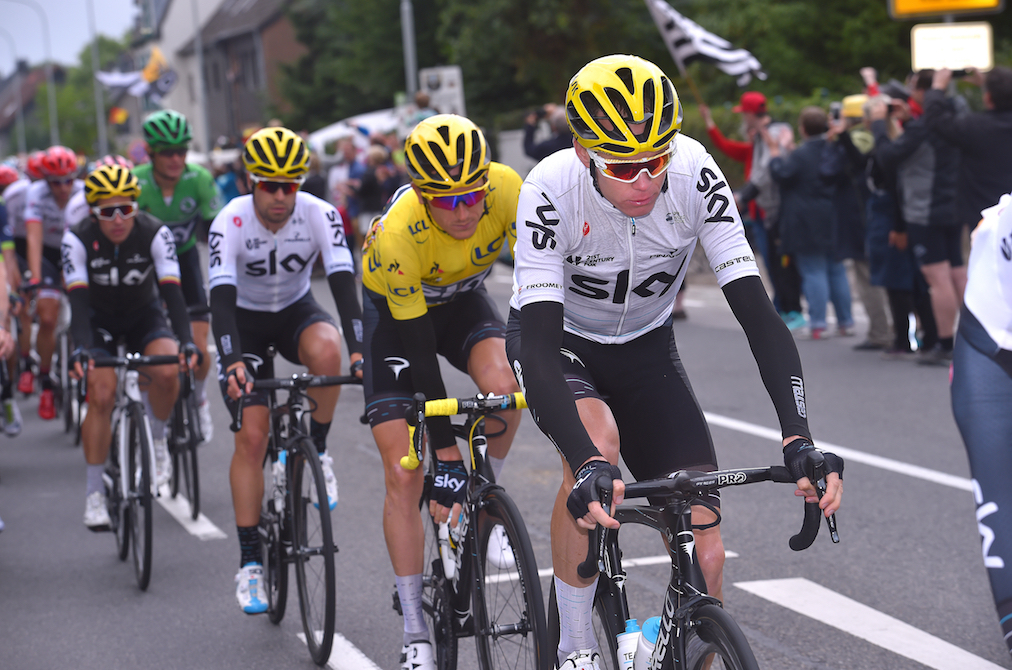
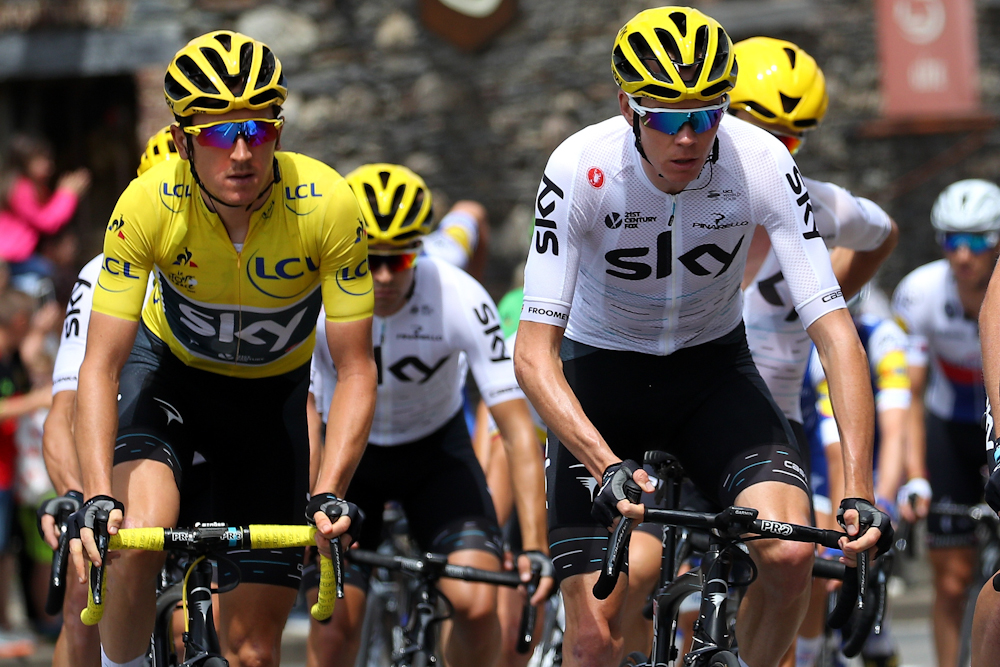
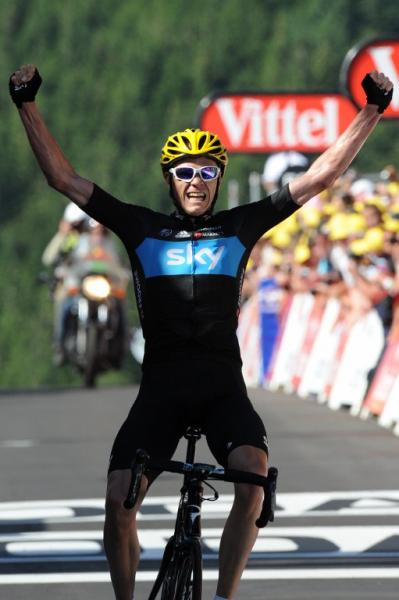
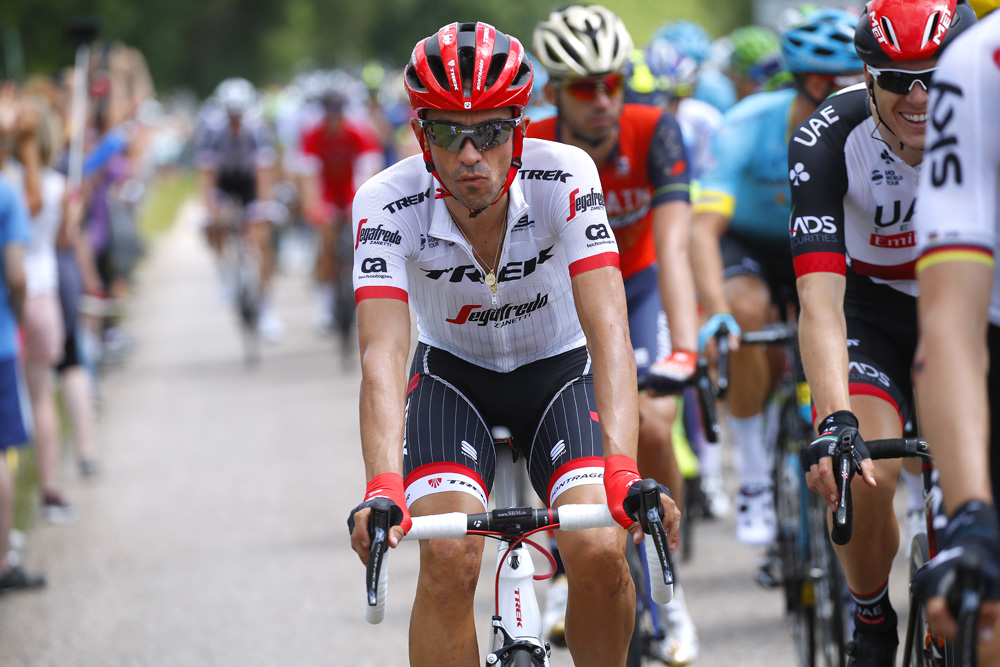
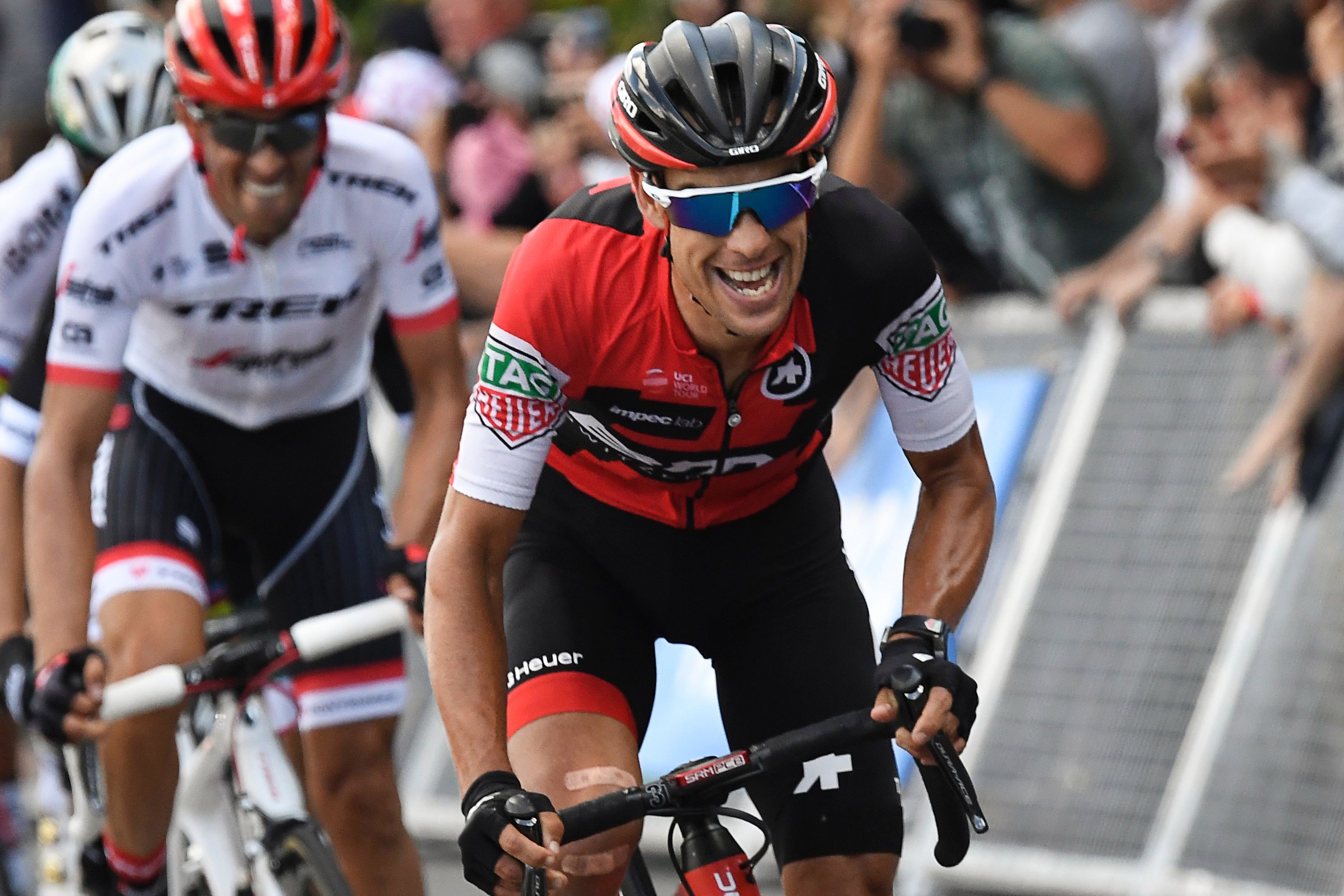
While the heated debate over Peter Sagan's disqualification from the Tour de France rumbles on, the race for the yellow jersey will also be explosive and the summit finish at La Planche des Belles Filles will spark debate and time differences among the overall contenders
Tour de France 2017: Stage 5 preview
Landa predicts important sort-out on Planche des Belles Filles
Tour de France: Stage 4 highlights - Video
Pinot on home turf but downplaying Planche des Belles Filles chances
Should Peter Sagan have been disqualified from the Tour de France? Hell, no…
Dan Martin: This year's Tour is all about who has the worst bad day
There will be elbows flaying, that's for sure, but this time they're more likely to be Chris Froome's as he rises from the saddle in that unique style of his to battle the final punishing 20 per cent slopes to the line.
La Planche des Belles Filles has been used only twice before – in 2012 and 2014 – but given that it is the first major climb of the race, and that there are just three summit finishes in this year's Tour, its significance can not be understated.
If the rain during the opening time trial in Dusseldorf muted some of the performances from the overall contenders, and the uphill kick to Longwy was too soft to truly test their legs, then La Planche des Belles Filles will provide the first indication of who is in the mix to win this year's race - or at least set the tone for the remaining two and a bit weeks.
Where are we now?
After four days of racing Geraint Thomas (Team Sky) leads the race from his teammate and Tour favourite Chris Froome by 12 seconds. Team Sky's domination in the opening time trial was a show of strength and aerodynamic interpretations but in truth they have a team stacked with climbing prowess. Wout Poels might be missing from the line-up but in Mikel Landa, Sergio Henao, Mikel Nieve, Thomas and Michal Kwiatkowski they have the strongest team in this year's race and one that should find the slopes of La Planche des Belles Filles to their liking.
Daniel Martin (Quick-Step Floors) is the next rider on the GC ladder, 43 seconds off Thomas, with Richie Porte, Nairo Quintana, Alberto Contador – both of whom have not raced the climb before – Romain Bardet, and Jakob Fuglsang all dotted within a minute of the yellow jersey. Simon Yates undid part of his fine time trial performance with a weak showing in Longwy but remains very much in the fray too.
The English climber is one of the riders best-suited to today's climb and will need to dig out a strong performance from his locker in order to solidify the belief that he can challenge for the podium.
Get The Leadout Newsletter
The latest race content, interviews, features, reviews and expert buying guides, direct to your inbox!
"Is there a better summit finish in the Tour for me? That's a really good question. I don't know. I know the climb and it's f*cking hard. It is a bit shorter, which I do think suits me a little bit but it’s going to be difficult,” Yates told Cyclingnews.
"A lot of the other guys are going really well and you saw at Longwy that Richie ripped the legs off everyone in just one kilometre. It's going be to be difficult but I'll give it a go."
The parcours
The final climb is 5.9 kilometres in length, with an 8.5 per cent average. The road begins to climb with 13 per cent ramps, easing off to around half of that gradient soon after. Just when you think you've found the right rhythm the road kicks up once more, first to 13 per cent but the kicker comes inside the final few hundred metres. The road flattens suddenly, allowing you to build up speed before the toughest part of the climb leads you to the finish with pitches of around 20 per cent. It's there that the final time gaps will open up but there's enough to suggest that the lower slopes will be just as important. It all depends on who rides and at what tempo.
It's worth remembering that the stage doesn't start and finish with La Planche des Belles Filles. There are almost 155 kilometres of racing before that point and although there is just one third category climb before the final ascent, if the racing goes from the gun then there will be lot of tired legs before we even reach the foot of the climb.
"In general we should see some big time gaps because it's short and intense," Team Sky Nicolas Portal told Cyclingnews.
"If you go at the right moment in the last bit you can take 10 to 15 seconds. It's all going to depend on how the GC guys ride. If there are big time gaps it's because it's really punchy and some of them are not yet ready for a summit finish.
"Because we've got yellow and are up on GC, then teams will want us to ride and get tired but for us we need to look at the big picture. If we're happy with the breakaway then we might lose the jersey. We're used to extra pressure."
2012 and 2014 blueprints
The La Planche des Belles Filles was introduced in 2012 when Fabian Cancellara wore yellow heading into the stage.
Team Sky had been dominant throughout the season and on the climb to the line they rode a relentless pace. Michael Rogers put the hammer down with 5000 metres to go before handing over to Porte 1200 metres later. By that point rivals Vincenzo Nibali and Cadel Evans were on their own and the lead group had been reduced to fewer than 20 riders. By the time Porte swung over and welcomed Froome to the front, the leaders were down to fewer than a dozen or so riders.
When the climb flattened out briefly inside the final kilometre, Evans made his move, accelerating just as the road turned up and the toughest gradient came into view. While the move was powerful, it came far too early and Froome simply rode away from him to take his maiden stage win. Wiggins took yellow and the rest, as they say, is history.
Two years later, ASO provided a much tougher stage before the final climb to La Planche des Belles Filles with seven categorised climbs – including the Col des Chevrères - coming before the summit finish. On that occasion Froome had already gone home, and Contador crashed out mid-stage, leaving Nibali with a far more comfortable ride. In a similar move to Team Sky, Nibali put his Astana men to work on the lower slopes with the late Michele Scarponi instrumental in softening up the opposition. Nibali's acceleration came with just under three kilometres to go but he had several breakaway riders up the road - including Joaquim Rodriguez – that he could use as reference points.
Although both Froome's and Nibali's accelerations came at much different points on the climbs most of the time gaps on those two days were relatively similar. Nibali pulled out 15 seconds on the next chase group but around 20 riders finished within two minutes of the Italian. Froome only put two seconds into Evans but again, there were around 20 riders within the two-minute barrier.
The 2012 episode is probably the most accurate blueprint to follow when it comes to predicting how today's stage will unfold. The stage profiles are similar, Team Sky have a stellar team and it's up their rivals to attack.
How will Team Sky play it?
This is perhaps the most important question. Logic dictates that the British team will revert to type and control an early break before attempting to put the peloton under pressure on the final climb.
Several teams, including Quintana's Movistar may attempt to break that pattern but the terrain may not be there for them to really test Team Sky and that might mean a straight up fight between the Spanish team and Team Sky on the slopes of the final climb. BMC will look to protect Porte – who comes into this race as the strongest climber in the peloton and the man most likely to unsettle Team Sky.
The next question surrounding the British team is how they will align around Froome and Thomas. All week they have stuck to the script, pressing that Froome is their number one and there is little reason to doubt that.
"We came here with one goal. Obviously for Geraint it's really cool, it's unbelievable, but I think the plan is to follow and help Froome 100 per cent," Portal said.
"The other guys like Sergio, Geraint and Landa will be close and if we can keep the jersey for Geraint that's fine but we need to really look after Froome."
Best of the rest
While Froome is certainly in a strong position that doesn't necessarily mean that he will ride defensively. His typical tactic is to attack on the first mountain stage of each Grand Tour and then measure his efforts from there.
"I think he could well try and get more differences," Alberto Contador predicted.
"He has a very powerful team and he demonstrated that in the time trial, and he is a rider who always tries to make the difference in the first mountain stage. If he has the strength, he will try for sure."
Contador also needs to make up time. He was off-colour in the time trial given his strong ride against the clock in the Dauphine and looked vulnerable at Longwy. If he is to remain in contention for this year's Tour de France then he must ensure that he at least doesn't lose time.
The same can be said of Romain Bardet. The Frenchman has hit the deck twice in this year's race, and although the wounds were superficial, the AG2R-La Mondiale rider must either anticipate a Team Sky onslaught by providing some dynamic tactics of his own, or take Froome and Porte on in a head-to-head battle at the end. Neither tactic will be easy but Bardet has perhaps the most varied playbook of all the GC contenders when it comes to invention in the mountains.
Astana also have cards to play in Fabio Aru and Jakob Fuglsang. On Monday the Dane suggested to Cyclingnews that his team's tactics would be more conservative than their all out approach at last month's Dauphine but the former mountain biker is in the form of his life and, like Porte, should be in the mix when the GC battle flares up.
Let's just hope that all the talk is about rider's legs at the finish, and not their elbows.
Daniel Benson was the Editor in Chief at Cyclingnews.com between 2008 and 2022. Based in the UK, he joined the Cyclingnews team in 2008 as the site's first UK-based Managing Editor. In that time, he reported on over a dozen editions of the Tour de France, several World Championships, the Tour Down Under, Spring Classics, and the London 2012 Olympic Games. With the help of the excellent editorial team, he ran the coverage on Cyclingnews and has interviewed leading figures in the sport including UCI Presidents and Tour de France winners.
